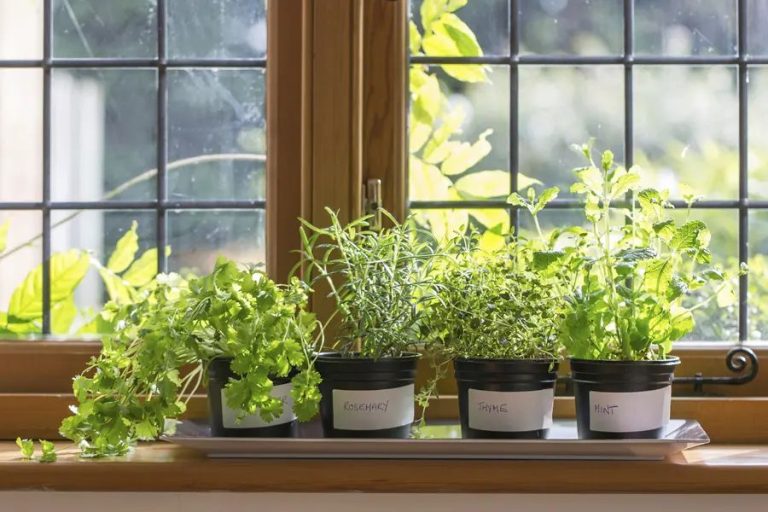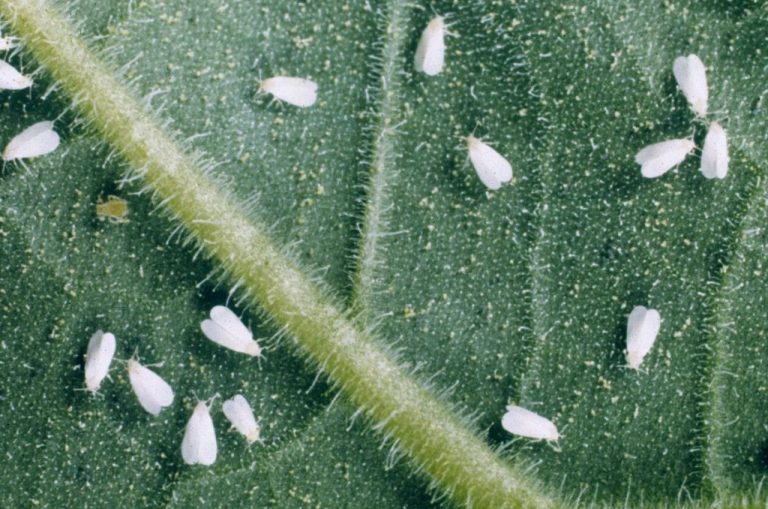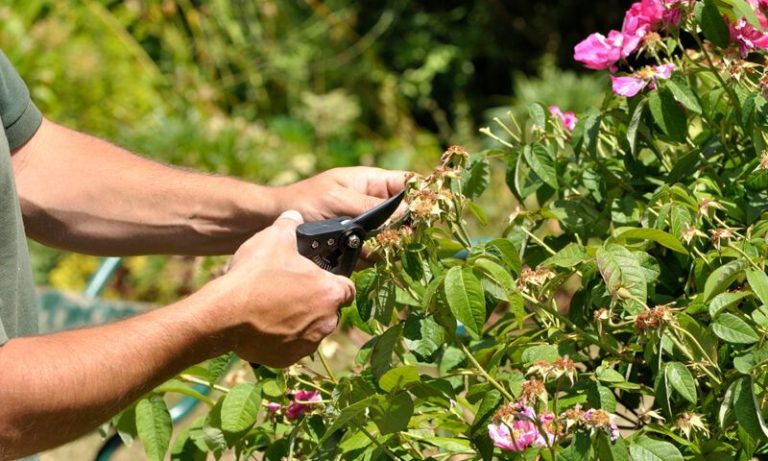Winter Garden Greenhouse Tips: Extending The Growing Season
Extending the growing season with a greenhouse allows gardeners to harvest fresh produce for a longer period of time. Greenhouses provide protection from the elements and allow gardeners to start plants earlier in spring and continue growing later into fall. According to MrCrazyKicks, a greenhouse can extend the growing season by 2 months or more. The main techniques for extending the season in a greenhouse include heating, insulation, growing cold-hardy plants, using row covers, adding supplemental lighting, proper ventilation, watering, and pest management.
Choosing a Greenhouse
When choosing a greenhouse for winter growing, consider the style, size, and materials that will best suit your needs. The style of greenhouse will impact factors like temperature regulation and structural integrity in extreme weather. Popular options are hoop houses, gothic style greenhouses, and geodesic domes (Growing Spaces).
Larger greenhouses retain heat better on cold nights. A minimum size of 12′ x 16′ is recommended for winter growing. However, consider the space you have available and your desired production capacity (Savvy Gardening).
Look for greenhouse coverings that provide insulation, durability, and maximize sunlight transmission. Polycarbonate panels and acrylic sheets are good options. The frame should also be sturdy enough to withstand snow loads and wind, so look for aluminum, steel, or wood frames.
Heating Your Greenhouse
Maintaining adequate temperatures is crucial for extending the growing season in a greenhouse. The ideal temperature range is 55-75°F during the day and 45-55°F at night, according to Planet Natural. There are several types of greenhouse heaters available to help meet these temperature requirements:
- Electric heaters – These run on electricity and come in fan-forced and convection styles. Convection heaters work well for smaller spaces while fan-forced models distribute heat more evenly throughout larger greenhouses.
- Gas heaters – Propane and natural gas heaters provide efficient heating. Infrared tube heaters are a popular gas heater option, providing direct heat without drying out the air.
- Wood/biomass heaters – Burning wood or biomass fuels like wood pellets to heat water that runs through pipes is an eco-friendly option. This type of system requires more setup but the fuel is renewable.
To maintain ideal temperatures, the greenhouse should be heated consistently at night. Thermostats or controllers help automate temperature regulation. Vents may also need to be opened during the day to prevent overheating on sunny days. Proper insulation and an energy-efficient heater sized for the space will help reduce heating costs.
Insulating Your Greenhouse
Insulating your greenhouse is key for maintaining consistent temperatures during the winter. There are several methods you can use to insulate the walls, foundation, and roof of your greenhouse.
For the walls, attach rigid foam insulation panels using construction adhesive (Source 1). Foam board insulation with an R-value of at least R-5 is recommended. You can also use bubble wrap, straw bales, or blankets around the interior perimeter of the greenhouse.
To insulate the foundation and floor, place rigid foam boards around the perimeter and underneath any flooring or beds. Raising beds up off the floor using blocks can also help prevent heat loss. Insulating basement or concrete slab foundations from the exterior is ideal (Source 2).
For the roof, attach polycarbonate panels, acrylic sheets, or greenhouse film designed for insulation. Attaching thermal insulation foil to the interior roof beams can also help retain heat. sealing any cracks and gaps in the roof and walls is also important for minimizing heat loss.
Growing Cold-Hardy Crops
One way to extend the growing season in your greenhouse is to plant cold-hardy crops that can withstand frosty conditions. According to Cold-Hardy Winter Veggies in a Unheated Greenhouse, some of the best cold-hardy crops for winter greenhouses include:
- Carrots
- Beets
- Radishes
- Turnips
- Onions
- Garlic
These hardy root vegetables and alliums can survive light freezes and frosty nights in an unheated greenhouse. Plant them in late summer or early fall so they are established before cold weather arrives. With a greenhouse protecting them from heavy snow and hard freezes, these crops will keep growing straight through winter.
Row Covers and Blankets
Row covers and blankets provide an extra layer of protection for plants during cold weather. There are a few different types of covers to choose from:
Floating row covers are lightweight synthetic fabrics that allow sunlight, air, and water to pass through while trapping heat. These can be draped directly over plants without support hoops or frames. Popular brands include Agribon and Reemay. According to this DIY guide, fiberglass rods can be used to create hoops over garden rows every 2 feet to keep the fabric from touching plants.
Heavier covers like frost blankets, garden quilts, and horticulture fleece provide more insulation, but still allow some air and water penetration. These usually require support hoops or frames. An affordable option is polypropylene garden cover fabric from hardware stores.
For proper usage, remove covers when temperatures are above freezing to prevent overheating. Secure edges well and watch for wind damage. Avoid placing covers directly on foliage. Provide sufficient ventilation while trapping heat. Use thicker, insulated covers as temps drop below 20°F.
Supplemental Lighting
During the shorter, darker days of winter, greenhouses often need extra lighting to supplement natural sunlight. Grow lights provide the additional light and energy that plants need for photosynthesis and growth when sunlight alone is not adequate.
Some key benefits of using grow lights in winter greenhouses include:
- Allowing winter growing of plants that require high light levels
- Starting seedlings earlier for spring planting
- Improving growth and yield of many vegetable crops
- Extending the fall growing season
- Providing consistent light levels despite outdoor weather changes
There are several types of grow light bulbs suitable for greenhouses:
- LED (light-emitting diode) lights
- High-pressure sodium lamps
- Metal halide lamps
- High-intensity discharge (HID) lamps
- Fluorescent tubes
LED and HID lights tend to be the most energy-efficient and provide a full spectrum of light that plants can use for growth. Positioning, timing and intensity of lights should be based on specific crop needs.
Ventilation
Proper ventilation is crucial for maintaining a healthy environment in your winter greenhouse. Without adequate air circulation, humidity and temperatures can spike, creating the perfect conditions for disease development. According to Penn State Extension, ventilation serves three key functions in the winter greenhouse:
- Discharging excess solar heat gain
- Providing carbon dioxide for plant growth
- Reducing humidity
There are a few methods you can use to ventilate your greenhouse during the winter months:
- Circulation fans – Running fans continuously will prevent hot air from accumulating at the top of the greenhouse and maintain a consistent temperature.
- Roof vents – Crack vents open on sunny days when the outside temperature is above freezing to let out warm air.
- End wall vents – End wall vents provide horizontal airflow and air exchange.
- Passive ventilation – The greenhouse can be passively ventilated on milder days by simply opening doors.
According to Greenhouse Catalog, fans should be run constantly in the winter to promote air circulation. Proper ventilation will help prevent disease while maintaining ideal growing conditions.
Watering
Proper watering is crucial for keeping plants healthy in a winter greenhouse. The cold, dry air of winter causes soil to lose moisture faster than during warmer months. However, overwatering plants in winter can also lead to fungal diseases, root rot, and other problems.
Here are some tips for effective watering in a winter greenhouse:
- Water less frequently but more thoroughly – Allow the soil to partially dry out between waterings, then soak the soil deeply. This encourages roots to grow downwards.
- Water in the morning – Watering when sunshine first hits the greenhouse helps dry foliage before night.
- Adjust for plant type – Leafy greens need more constant moisture than most root crops or perennials. Group plants with similar needs.
- Use drip irrigation – Drip systems deliver water directly to roots and help avoid leaf wetness.
- Improve drainage – Make sure excess water can drain away and does not pool. Add organic matter to soil to improve drainage.
- Ventilate after watering – Opening vents helps lower humidity levels and prevents fungal disease issues.
- Insulate containers – Wrapping pots helps reduce evaporation and retains soil moisture longer.
With proper dryness between waterings, an eye on soil moisture, prevention of standing water, and other tips, your greenhouse plants can stay healthy and hydrated through the winter months. Just take care not to oversaturate the soil during colder conditions when plants are less actively growing. Consistent monitoring and adjustment is key.
Source: https://dengarden.com/gardening/3-Winter-Greenhouse-Watering-Tips-for-Healthy-Plants
Pest and Disease Management
Greenhouses provide warm, humid environments that can allow pests like aphids, spider mites, and fungus gnats to thrive year-round. Preventing an infestation is key to managing greenhouse pests in winter.
Start by clearing out all plant debris and thoroughly disinfecting the greenhouse before bringing plants back in (Greenhouse Magazine). Allowing the greenhouse temperature to freeze in winter can eliminate tender insects as well (University of Kentucky Entomology).
Avoid overwatering plants and promote good airflow and ventilation to prevent pests from taking hold. Sticky yellow traps can also help monitor for flying insects like whiteflies, aphids, and thrips (Greenhouse Magazine).
If pests do become an issue, insecticidal soaps, neem oil, and horticultural oils can help control populations. For fungal issues, use fans to improve airflow and water early in the day so plants dry out. Remove any infected plant material right away. Biological fungicides containing Bacillus subtilis can also help prevent disease (University of Kentucky Entomology).
Being vigilant about scouting for pests and maintaining optimal growing conditions will allow you to enjoy pest-free harvests all winter long.





